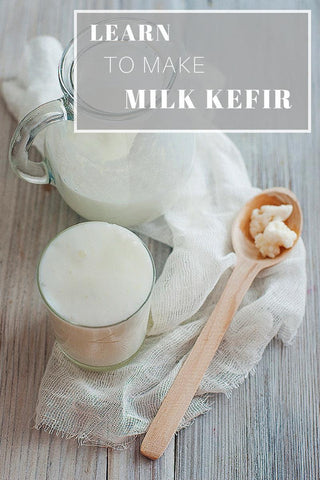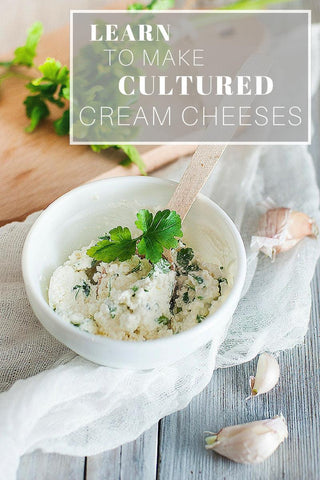Gut Health
My whole life I've had terrible digestive problems. As I got older they got a lot more serious. I've spent almost three decades trying out different medications and diets, and researching different therapies from around the world. The best thing that happened to my daughter and I was being introduced to fermented drinks and foods and seeing the incredible affects that the probiotics within the foods had on our health.

- Fermented foods can help with IBS and IBD
- Fermented foods can reduce bloating, constipation and diarrhoea
- Fermented foods can improve mood and depression
- Fermented foods can help restore functions of the gut
- Fermented foods can help process vitamins and minerals
- Fermented foods can fight bad bacteria and overgrowths
- Fermented foods can improve acne and skin conditions
- Fermented foods can help reduce inflammation
- Fermented foods can boost the immune system
The Gut Health section of the Little Mashies website is aimed at sharing this knowledge with you to give you ideas on things you might like to try. Below are some of my favourite fermented food and drink recipes.
Introducing kids to fermented foods and probiotics
5 easy ways to improve your digestive health
Water Kefir recipes
 Water Kefir is absolutely delicious and is packed with naturally occurring probiotics. Probiotics are beneficial microbes that aid the body in digestive functions and help us with other important metabolic duties. When our bodies have lots of beneficial microbes the bad bacteria must fight for their positions. If we have no or few beneficial bacteria the bad microbes simply just take over. Water Kefir is a very simple, fun way to introduce about 10-15 strains of beneficial bacteria and yeasts into the gut. Most children love water kefir because it tastes a bit like soda or cordial. It's super fun to make as it bubbles and fizzes and you can see all of the probiotic action taking place. Learn to make water kefir with my basic water kefir recipe.
Water Kefir is absolutely delicious and is packed with naturally occurring probiotics. Probiotics are beneficial microbes that aid the body in digestive functions and help us with other important metabolic duties. When our bodies have lots of beneficial microbes the bad bacteria must fight for their positions. If we have no or few beneficial bacteria the bad microbes simply just take over. Water Kefir is a very simple, fun way to introduce about 10-15 strains of beneficial bacteria and yeasts into the gut. Most children love water kefir because it tastes a bit like soda or cordial. It's super fun to make as it bubbles and fizzes and you can see all of the probiotic action taking place. Learn to make water kefir with my basic water kefir recipe.Learn how to make
Milk Kefir recipes
 If you are only going to make one thing that is fermented I suggest you make my milk kefir recipes! They are seriously awesome and so packed with probiotics its incredible. Even if you have issues with dairy milk kefir can still be for you. During the fermenting process the milk kefir grains feed off the lactose so it's often fine if you have a lactose intolerance. You can also use a technique to seperate the milk solids (casein) from the whey and you can use the whey to culture condiments. What's even more awesome is that you can also use non dairy milks to make milk kefir. There are some rules to this, and I cover them in my basic milk kefir recipe.
If you are only going to make one thing that is fermented I suggest you make my milk kefir recipes! They are seriously awesome and so packed with probiotics its incredible. Even if you have issues with dairy milk kefir can still be for you. During the fermenting process the milk kefir grains feed off the lactose so it's often fine if you have a lactose intolerance. You can also use a technique to seperate the milk solids (casein) from the whey and you can use the whey to culture condiments. What's even more awesome is that you can also use non dairy milks to make milk kefir. There are some rules to this, and I cover them in my basic milk kefir recipe. Learn how to make
Fermented Vegetables recipes
 Vegetable ferments have been around for hundreds, if not thousands of years. It's how we used to preserve our food so that in harsh times we had ample to consume. Even the very first explorers had their own vegetable ferments on hand as they are high in nutrition and easy to transport. I'll teach you how to make some of my favourite ferments to add to main meals. To encourage children to eat fermented vegetables start with just a tiny amount (less than a teaspoon) and slowly work your way up. It took my daughter about a year to eat it in the proper amounts, but in a lifetime of good gut health that is nothing! Learn to make fermented vegetable dishes starting with my basic sauerkraut recipe.
Vegetable ferments have been around for hundreds, if not thousands of years. It's how we used to preserve our food so that in harsh times we had ample to consume. Even the very first explorers had their own vegetable ferments on hand as they are high in nutrition and easy to transport. I'll teach you how to make some of my favourite ferments to add to main meals. To encourage children to eat fermented vegetables start with just a tiny amount (less than a teaspoon) and slowly work your way up. It took my daughter about a year to eat it in the proper amounts, but in a lifetime of good gut health that is nothing! Learn to make fermented vegetable dishes starting with my basic sauerkraut recipe.Learn how to make
Cultured Condiments recipes
 Culturing condiments with probiotics is so much fun and it really takes your ferments to the next level! Sometimes it's hard introducing new things but we are all familiar with condiments and what child doesn't love tomato sauce (or ketchup)! I am happy to teach you how to culture a wide range of condiments. You can learn how to make your own fermented condiments in such a way that they are having a positive effect on your digestive health while you consume them instead of just being a "side". See my basic cultured condiments recipe.
Culturing condiments with probiotics is so much fun and it really takes your ferments to the next level! Sometimes it's hard introducing new things but we are all familiar with condiments and what child doesn't love tomato sauce (or ketchup)! I am happy to teach you how to culture a wide range of condiments. You can learn how to make your own fermented condiments in such a way that they are having a positive effect on your digestive health while you consume them instead of just being a "side". See my basic cultured condiments recipe.
Learn how to make
Cultured Cream Cheese recipes
 Yum yum yum! How awesome would it be to make all your favourite dips and culture them with probiotics so they are benefiting your digestion while you eat them! In this module I'll demonstrate how to make a cultured cream cheese and will show you my all time favourite cream cheese recipe that we use at home on top of pancakes and cupcakes as frosting! Cultured cream cheeses and dips are truely great because you can make them sweet or savoury depending what you plan on having them with.
Yum yum yum! How awesome would it be to make all your favourite dips and culture them with probiotics so they are benefiting your digestion while you eat them! In this module I'll demonstrate how to make a cultured cream cheese and will show you my all time favourite cream cheese recipe that we use at home on top of pancakes and cupcakes as frosting! Cultured cream cheeses and dips are truely great because you can make them sweet or savoury depending what you plan on having them with. Learn how to make





